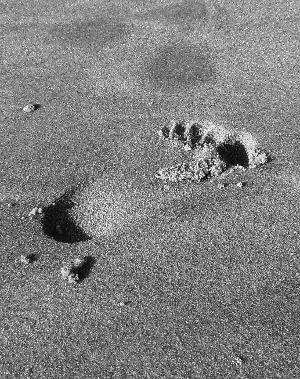Human progress shifts millenia
 Evidence has been found that suggests early humans colonised Asian islands much earlier than previously thought.
Evidence has been found that suggests early humans colonised Asian islands much earlier than previously thought.
Australian research on stone tools found in Sulawesi, Indonesia, which date to at least 118,000 years ago, has been published in the journal Nature.
Sulawesi is the largest and oldest of a group of islands separating continental Asia from Sahul, and is thought to have had a key role in hominin migration.
Prior research said modern humans were living on the island as early as 40,000 years ago, but the new evidence pushes this date to 118,000 to 194,000 years.
In fact, it appears that the island may have been initially inhabited by an archaic human species.
Dr Mark Moore, a researcher from the University of New England and co-author of the new report, analysed the stone tools recovered from the excavation.
He found that the tools were finely crafted with a high degree of skill involved.
“The Sulawesi hominins had a clear understanding of the essentials of fracture mechanics, and were skilled at striking flakes consistently and repetitively from cores”, Dr Moore said.
The absence of Pleistocene human fossils on the island means that the identity of the tool-makers - and which hominin species was the first to arrive at Sulawesi - remains unknown.
“A recurring theme in palaeoanthropology in the last decade is that the hominin family tree is vastly richer and more complex than once thought, and our Flores - and now Sulawesi - research shows that certain hominins demonstrated a precocious ability to island-hop,” he said.
“We have two hominin species in Indonesia - Homo erectus on [at the time] the Asian continent of modern Java, and Homo floresiensis on Flores - with tantalising evidence for additional hominin species elsewhere in Asia. Sulawesi is another hominin-occupied island, although the species there is as yet unidentified,” Dr Moore explained.
The authors suggest that other islands in the region may also contain undiscovered records of early humans, which could help to fill in some of the gaps in our knowledge of ancient hominin diversity in the region.








 Print
Print